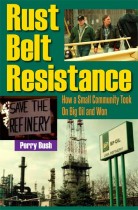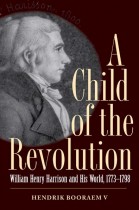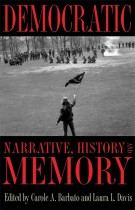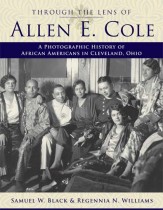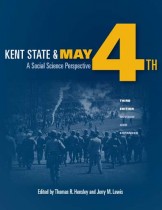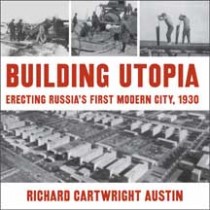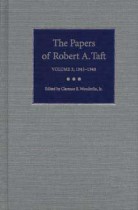Building the St. Helena II
Carroll Gantz | Filed under: History, Regional Interest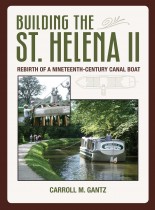
Building the St. Helena II tells the story of the 1970 reconstruction of an authentic, operational 1825 canal boat. The narrative unfolds in the small village of Canal Fulton, Ohio, along the surviving one- mile section of the 333-mile Ohio & Erie Canal, which in the 1820s connected the new nation’s western frontier to the thriving coastal states. Canal Fulton was at the leading edge of a national environmental movement to reclaim, restore, and reuse historic U.S. canals for education and recreation.

